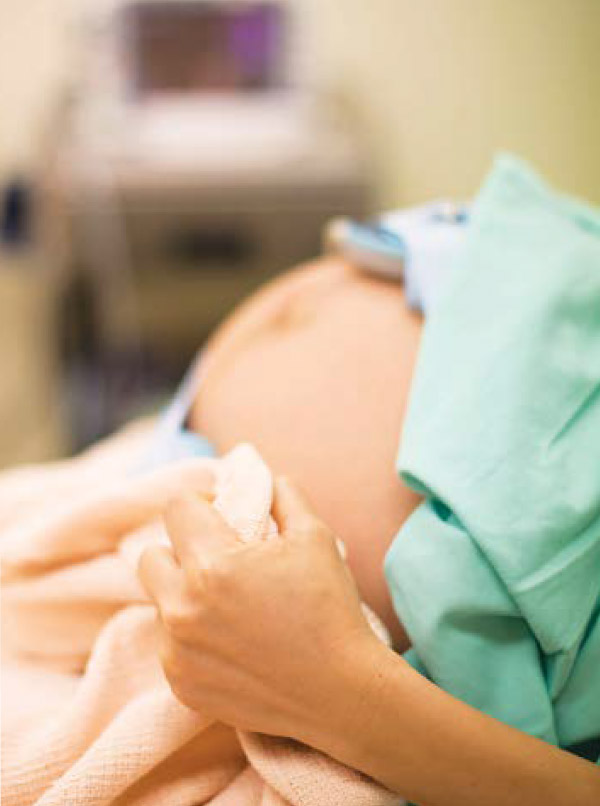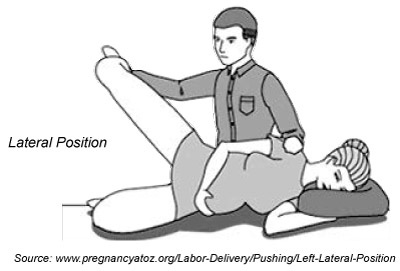Giving birth is a natural process and in the vast majority of cases is entirely straightforward. If you are about to go through labour for the first time, you are bound to feel a little apprehensive. The best way to alleviate any anxiety is to take a few simple steps to prepare yourself mentally and physically for what lies ahead.
Preparing Yourself Mentally
Being mentally prepared for labour helps ease anxiety and gives you a greater ability to cope if your labour doesn’t go as you had hoped.
- Reflect on the end of your pregnancy and look forward to what lies ahead.
- Let your birth partner know what you expect from them throughout the experience.
- Talk to your friends about their experiences and ask for constructive advice.
- Sharing your excitement and anticipation with other couples you met at antenatal classes, or friends who have children of their own.
If you are finding it difficult to relax, there are plenty of proven relaxation techniques you can try to help
you, such as:
- Yoga
- Gentle exercises (e.g. walking, swimming)
- Aromatherapy massage
- Hypnobirthing techniques
What’s Hypnobirthing?
Hypnobirthing is a unique, tried & proven antenatal program that teaches simple but specific self-hypnosis and relaxation techniques for an easier, more gentle birth. It involves deep breathing, positive visualization, and labour comfort measures. Mothers can train their brain to elicit a deep relaxation response on demand.
Preparing Yourself Physically
Going to bed early and getting plenty of sleep is one of the best ways to prepare yourself physically for labour. Ideal forms of exercise in the run up to labour also help alleviate stress, these include:
- Gentle stretching and exercises
- Swimming or aquarobics
- Pilates
The area between your vagina and anus, known as the perineum, will be stretched during labour and birth. You can help to make this area suppler by massaging it with a little olive oil about 4-6 weeks before your due date. This helps to increase its elasticity by encouraging the blood flow to the area.
Healthy, wholegrain carbohydrates release energy slowly, which can help to keep you going during labour so try to make these the mainstay of your diet in the final weeks.
The Three Stages of Birth
Once labour starts, it follows a fairly predictable pattern of three stages: in the first stage your cervix dilates, in the second stage you push your baby out, and the third stage is when your placenta is delivered.
First Stage
This first stage of labour is the longest of the three stages and is actually divided into two phases of its own: latent phase and active phase. Signs of latent phase can include pains in the back or abdomen, nausea and a ‘show’.
With the onset of active phase, contractions become more regular as the cervix dilates until at 10 cm – it is fully open and wide enough for the birth of your baby’s head. Contractions are felt higher in the abdomen and move down towards the pelvis and lower back as your baby is pushed downwards.
Labour can be painful, so it’s important to learn about all the ways that you can relieve the pain and make it more bearable:
- Entonox: mixture of oxygen and nitrous oxide gas.
- Pethidine injections
- Epidurals
- Relaxation techniques (as discussed earlier)
‘Show’ What Now?
A show is when the plug of mucus from your cervix comes away. It appears as a sticky, jelly-like pink mucus.
Second Stage
During the second stage of labour, you push your baby out through your fully dilated cervix and into the world. The second stage of labour can take anything from 30 minutes to two hours.
Upright Position: Use the force of gravity to help your baby move downwards into the pelvis. Women who give birth in an upright position or on all fours position have less pain, shorter labours and pushing times and fewer perineal tears.
Lateral Position: Another good position is to lie on your left side while your midwife or partner holds your right leg upwards with every push.
Third Stage
The third stage begins when your baby is born and ends when the placenta and membranes are delivered. After your baby’s birth, the cord may be left to pulsate for two to three minutes before it is cut. This allows your baby to receive more placental blood, which boost his oxygen supply and blood volume. If after birth, you have had an episiotomy (tearing of your perineum) the affected area will be cleaned and stitched.
Once the doctor makes sure both you and your baby are fine and well, you should be given some quiet time alone to get to know each other. Finally, your baby is in your arms! If all is well, you and your baby will be able to return home together the following day.
An educational collaboration with Obstetrical and Gynaecological Society of Malaysia.







Comments